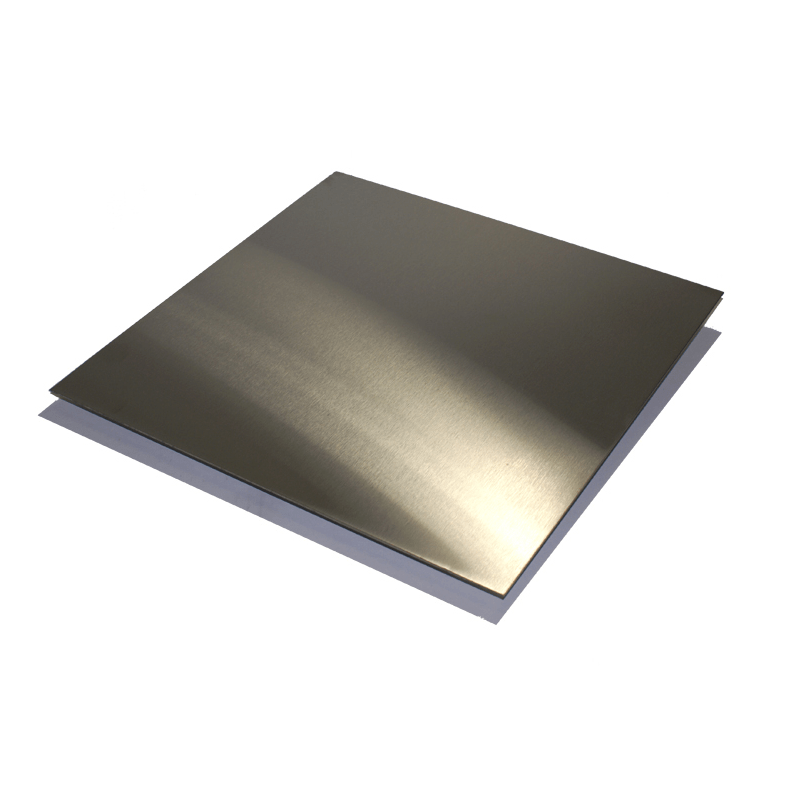
Obie stale nierdzewne 316 i 316L są austenitycznymi stalami nierdzewnymi o podobnej odporności na korozję i właściwościach mechanicznych, ale różnią się między sobą przede wszystkim zawartością węgla i zastosowaniami. Porównanie to przedstawi ich skład chemiczny, właściwości, odporność na korozję, właściwości spawalnicze i typowe zastosowania.
1. Skład chemiczny
Podstawową różnicą między 316 a 316L jest zawartość węgla.
Tabela 1: Skład chemiczny
| Element | Stal nierdzewna 316 | Stal nierdzewna 316L |
|---|---|---|
| Chrom (Cr) | 16-18% | 16-18% |
| Nikiel (Ni) | 10-14% | 10-14% |
| Molibden (Mo) | 2-3% | 2-3% |
| Węgiel (C) | ≤ 0,08% | ≤ 0,03% |
| żelazo (Fe) | Saldo | Saldo |
2. Właściwości mechaniczne
Obydwa gatunki wykazują podobne właściwości mechaniczne, ale niższa zawartość węgla w 316L często prowadzi do lepszej odporności na korozję i lepszej spawalności.
Tabela 2: Właściwości mechaniczne
| Nieruchomość | Stal nierdzewna 316 | Stal nierdzewna 316L |
|---|---|---|
| Granica plastyczności (MPa) | 290 – 600 | 290 – 600 |
| Wytrzymałość na rozciąganie (MPa) | 580 – 750 | 580 – 750 |
| Wydłużenie (%) | 40% lub więcej | 40% lub więcej |
| Twardość (Rockwella B) | 70-90 | 70-90 |
3. Odporność na korozję
Obydwa gatunki zapewniają doskonałą odporność na korozję w różnych środowiskach, ale 316L ma przewagę w niektórych zastosowaniach ze względu na niższą zawartość węgla, co zmniejsza ryzyko wytrącania się węglików i korozji międzykrystalicznej.
Tabela 3: Odporność na korozję
| Typ korozji | Stal nierdzewna 316 | Stal nierdzewna 316L |
|---|---|---|
| Korozja ogólna | Bardzo dobry | Bardzo dobry |
| Rezystancja wżery | Doskonały | Doskonały |
| Pękanie korozyjne naprężeniowe | Umiarkowany | Lepsza odporność |
| Korozja międzykrystaliczna | Możliwe w przypadku nieprawidłowego zespawania | Niższe ryzyko ze względu na niższą zawartość węgla |
4. Spawalność
Spawalność jest ważnym czynnikiem przy wyborze gatunków stali nierdzewnych do zastosowań budowlanych.
Tabela 4: Porównanie spawalności
| Funkcja | Stal nierdzewna 316 | Stal nierdzewna 316L |
|---|---|---|
| Ogólna spawalność | Dobra, ale wymaga ostrożności, aby uniknąć wytrącania się węglików | Doskonały, niższa zawartość węgla zmniejsza ryzyko tworzenia się węglików |
| Obróbka przed spawaniem | Generalnie nie jest wymagane | Generalnie nie jest wymagane |
| Leczenie po spawaniu | Może wymagać wyżarzania w celu przywrócenia właściwości | Generalnie nie wymaga obróbki po spawaniu |
5. Zastosowania
Wybór pomiędzy 316 a 316L często zależy od konkretnych wymagań aplikacji, zwłaszcza dotyczących odporności na korozję i warunków spawania.
Tabela 5: Typowe zastosowania
| Obszar aplikacji | Stal nierdzewna 316 | Stal nierdzewna 316L |
|---|---|---|
| Zastosowania morskie | Osprzęt do łodzi, sprzęt morski | Częściej stosowane w zastosowaniach zanurzonych, gdzie korozja ma kluczowe znaczenie |
| Przetwarzanie chemiczne | Zbiorniki i rurociągi na różne chemikalia | Preferowany w środowiskach z chlorem i dużym zasoleniem |
| Przemysł spożywczy i farmaceutyczny | Sprzęt do przetwarzania żywności | Preferowany do zastosowań higienicznych; mniej podatne na korozję lub rdzę |
| Konstrukcje spawalnicze | Zastosowania konstrukcyjne wymagające dużej wytrzymałości | Stosowany do profili cienkościennych w celu zmniejszenia odkształceń podczas spawania |
| Sektor ropy i gazu | Zawory, rurociągi i wyposażenie | Stosowany w środowiskach narażonych na działanie mediów korozyjnych |
Podsumowanie różnic
| Funkcja | Stal nierdzewna 316 | Stal nierdzewna 316L |
|---|---|---|
| Zawartość węgla | ≤ 0,08% | ≤ 0,03% |
| Odporność na korozję | Dobry, z możliwością wystąpienia korozji międzykrystalicznej | Lepsze ze względu na niższą zawartość węgla |
| Spawalność | Dobrze, ale wymaga ostrożności | Doskonały, zmniejszone ryzyko korozji |
| Koszt | Generalnie niższe | Nieco wyższa ze względu na niższą zawartość węgla i większą zawartość stopu |
| Aplikacje | Zastosowania ogólnego przeznaczenia, morskie | Środowiska chlorowe i o wysokim zasoleniu, przemysł spożywczy/farmaceutyczny |
Wniosek
Zarówno stale nierdzewne 316, jak i 316L stanowią doskonały wybór do zastosowań wymagających wysokiej odporności na korozję i dobrych właściwości mechanicznych. Wybór pomiędzy nimi zazwyczaj opiera się na specyficznych warunkach środowiskowych i wymaganiach, takich jak spawanie lub podatność na korozję międzykrystaliczną.
- Stal nierdzewna 316 nadaje się do szerokiego zakresu zastosowań, ale należy zachować ostrożność podczas spawania i w środowiskach korozyjnych.
- Stal nierdzewna 316L zapewnia zwiększoną odporność na korozję międzykrystaliczną i jest preferowany w bardziej wymagających warunkach, szczególnie w przypadku spawania.
Wybór odpowiedniego gatunku jest niezbędny do zapewnienia wydajności i trwałości komponentów w różnych gałęziach przemysłu.
